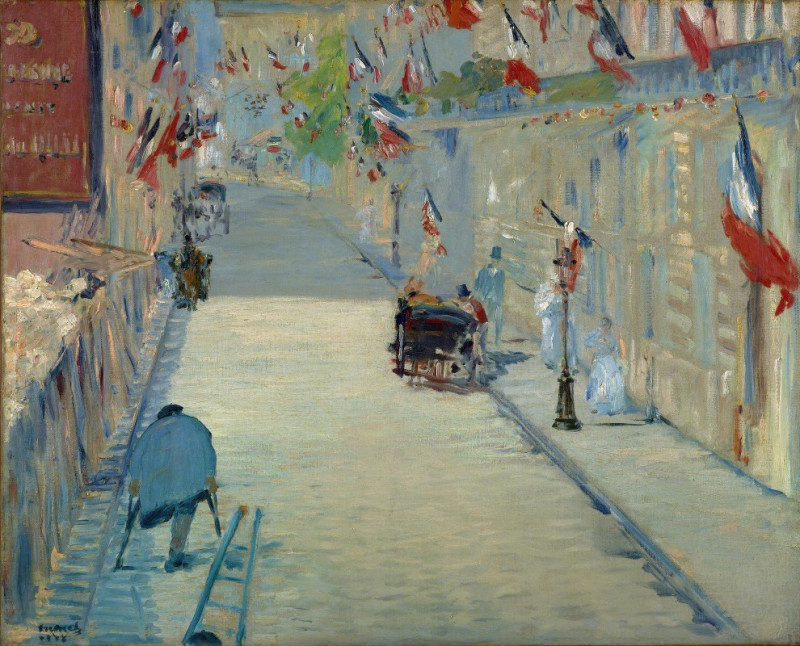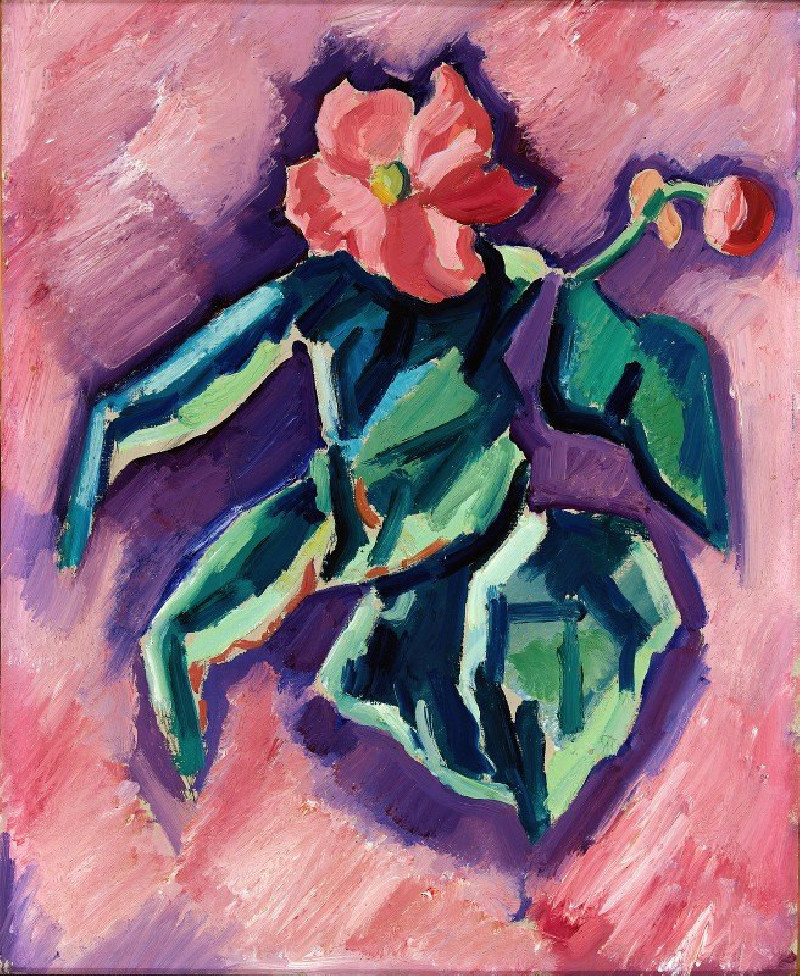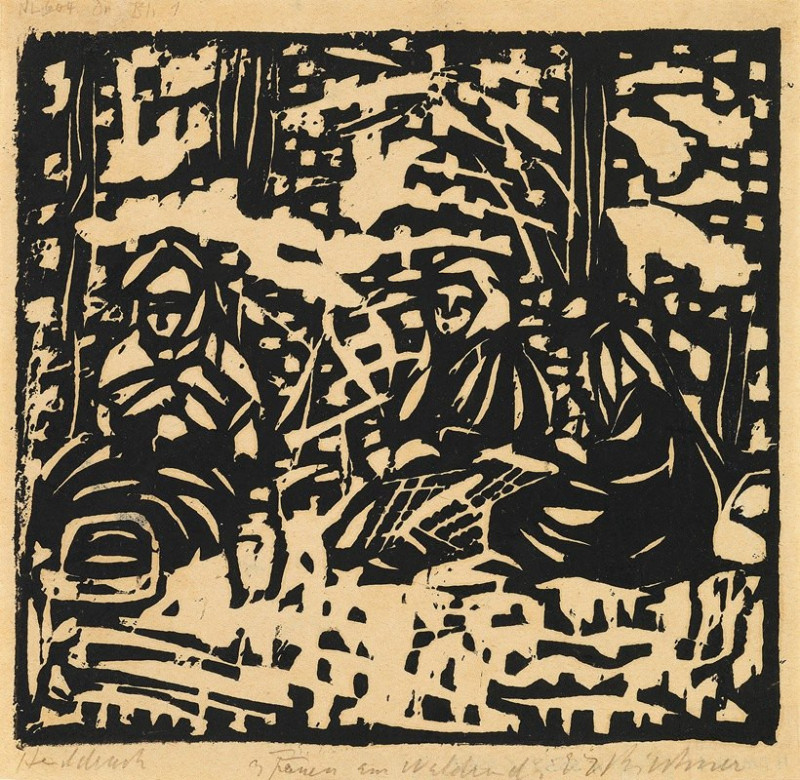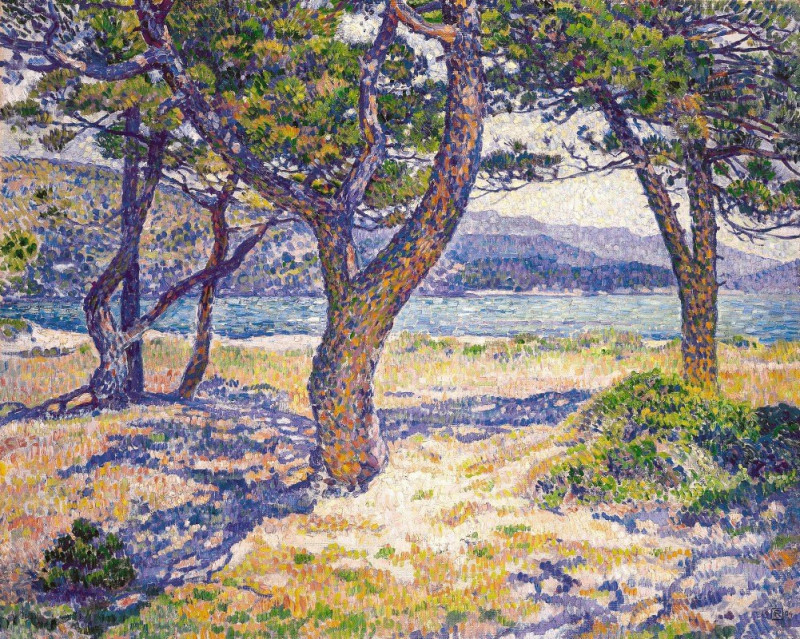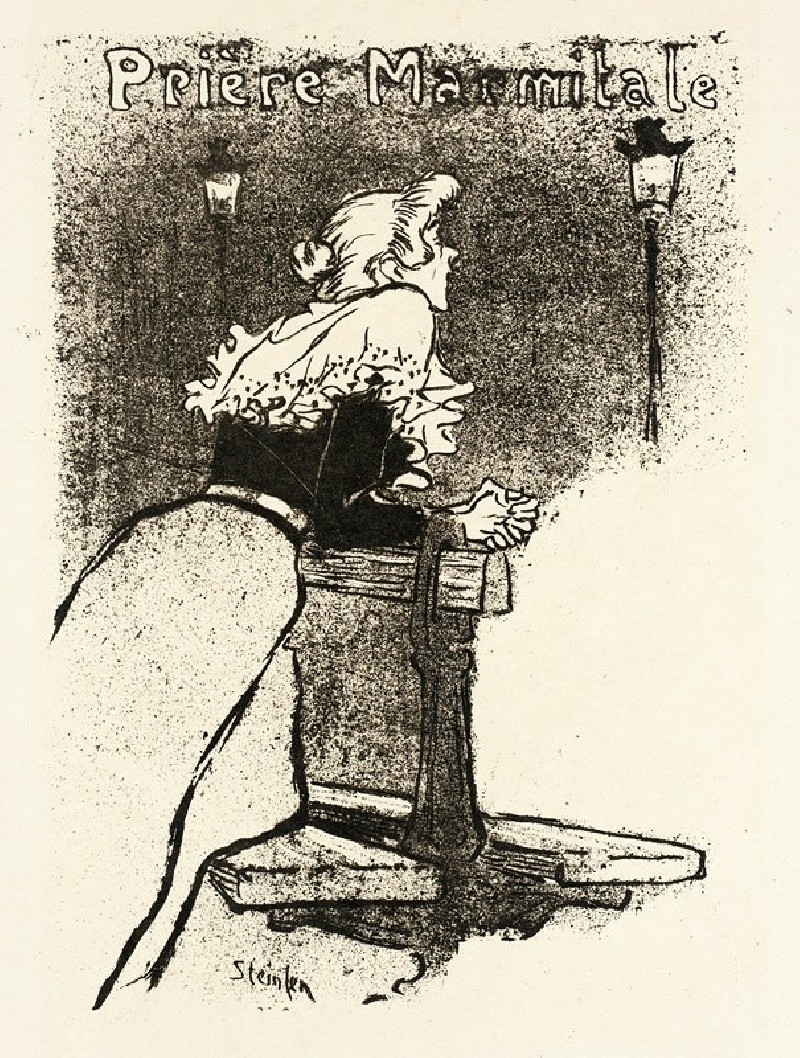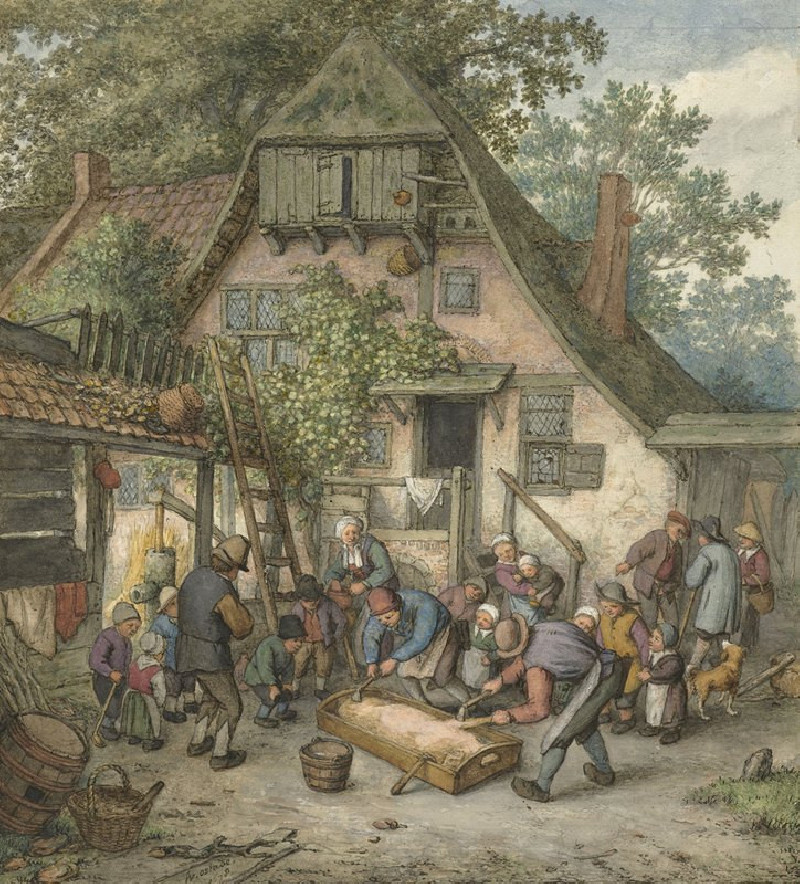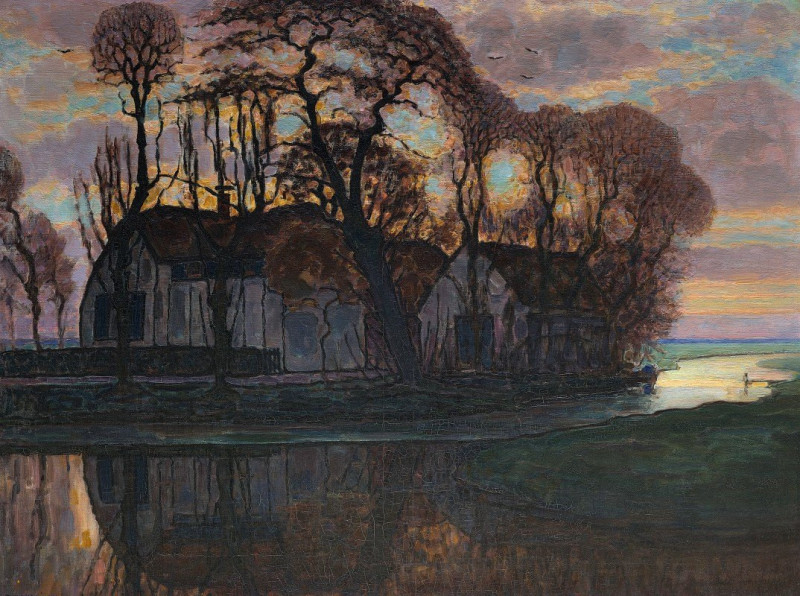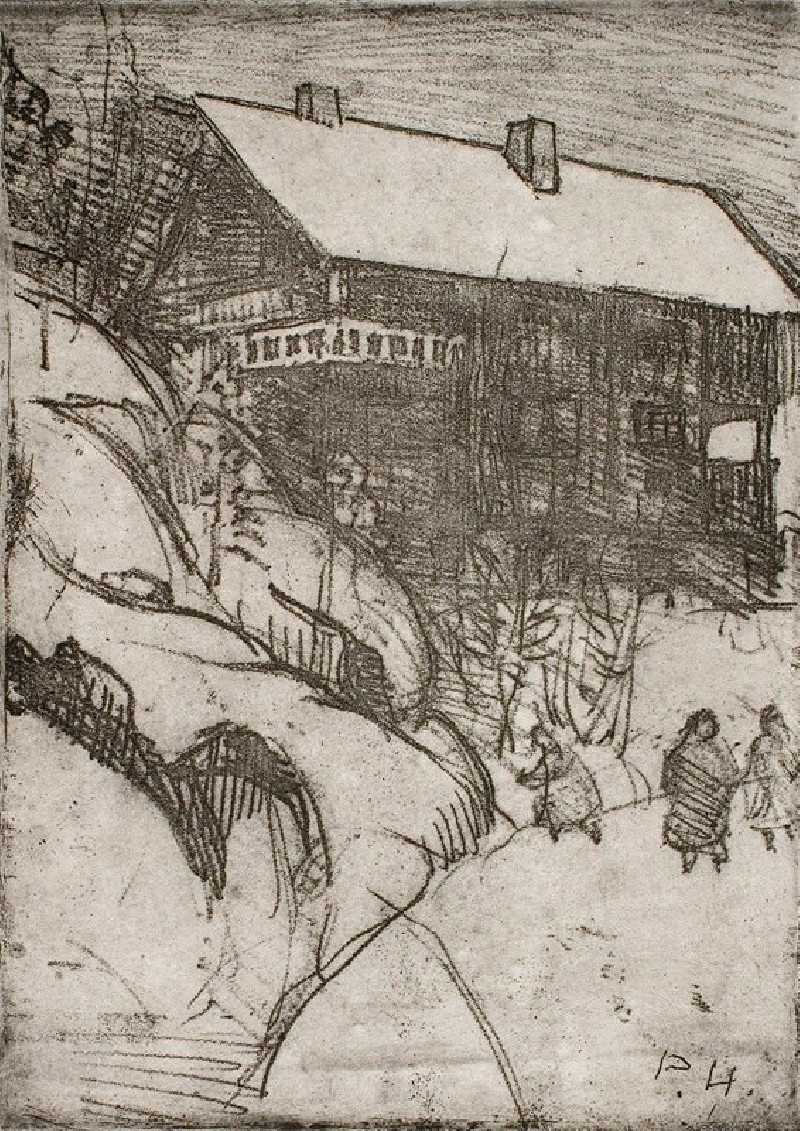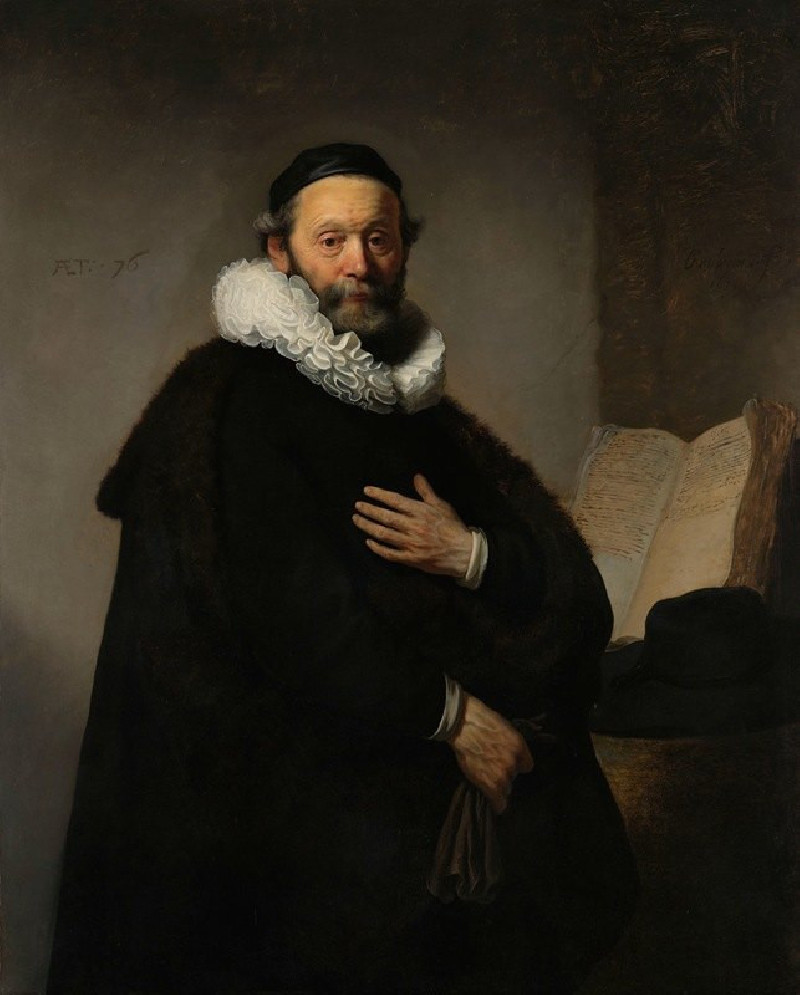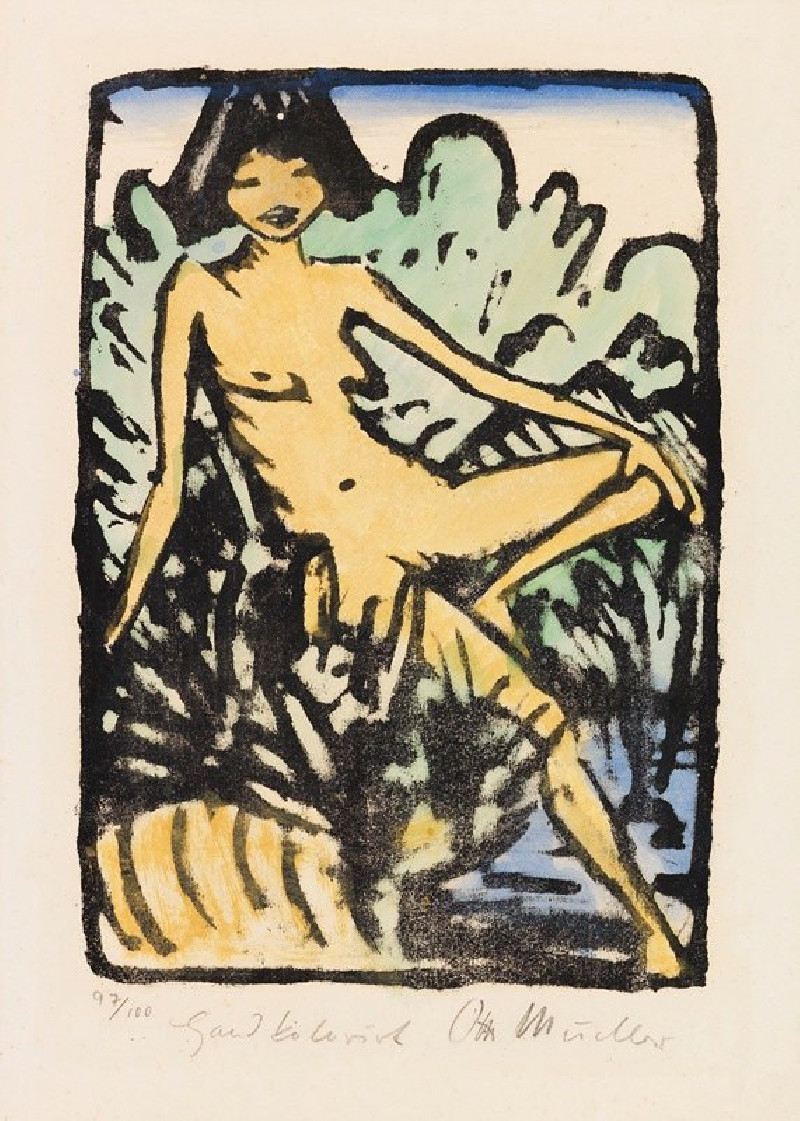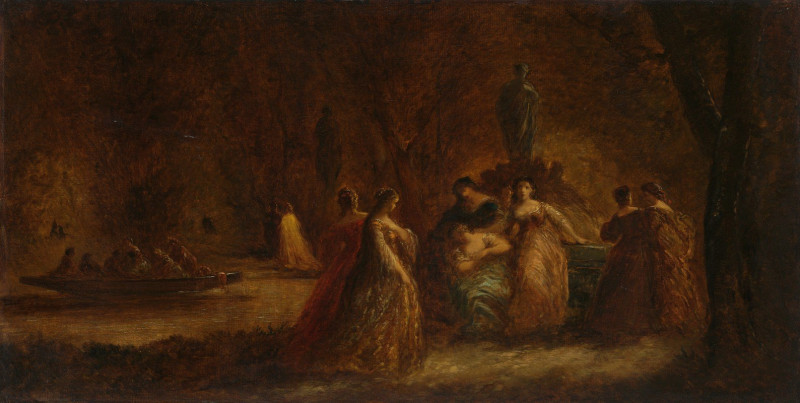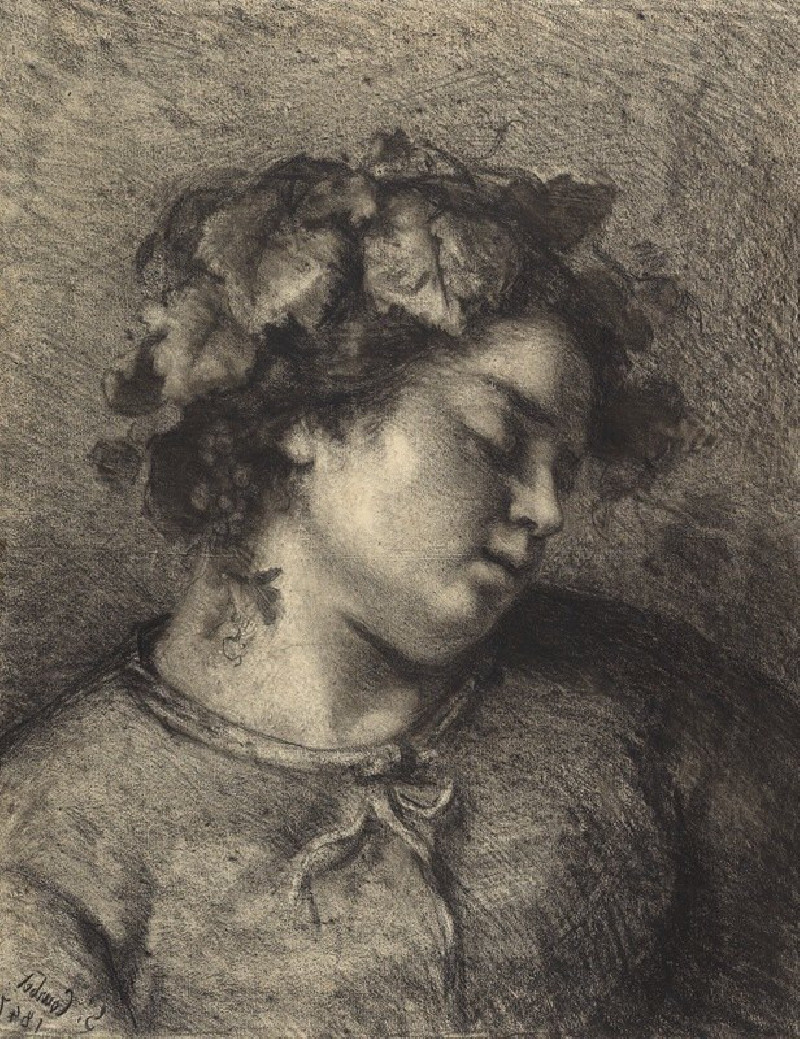The Rue Mosnier with Flags (1878)
Technique: Giclée quality print
Recommended by our customers
More about this artwork
Discover Édouard Manet's vibrant depiction of Parisian life in "The Rue Mosnier with Flags", painted in the summer of 1878. This remarkable work showcases a lively street scene during the national celebrations of the Fête de la Paix, a day that commemorated the 1878 Exposition Universelle and the peace following the Franco-Prussian War.In the foreground, a solitary figure, a worker with a wooden leg, moves down the Rue Mosnier, invoking a poignant contrast against the festive context of his environment. His hunched silhouette cast in shadow and the realistic depiction of his struggle add depth to the painting's narrative, emphasizing the social realities of the era. Behind him, the street is adorned with an array of French tricolor flags that flutter vibrantly, creating a dynamic rhythm that pulls the viewer's eye along the boulevard. Gentle brush strokes capture the soft, natural daylight reflecting off the urban architecture and cobbled street, portraying a moment captured in time.In the midst of the celebration, a horse-drawn carriage and various pedestrians suggest the day-to-day activities of city life, blending ordinary human existence with governmental and nationalistic pride. Manet's use of blue, white, and red not only mirrors the French flag but also enriches the composition with a vivid color palette that celebrates the spirit of the French nation."The Rue Mosnier with Flags" stands as a testament to Manet's masterful ability to convey complex themes through scenes of everyday life, inviting viewers to ponder the intersection of individual narratives and broader societal events.
Delivery
Returns
Édouard Manet (1832–1883) was a French modernist painter and one of the first 19th century artists to paint modern life. His impressionist style is characterized by relatively small and thin brushstrokes that create emphasis on light depiction. Manet was one of the key artists in the transition from realism to impressionism, along with Claude Monet, Edgar Degas, and Pierre-Auguste Renoir. However, he resisted involvement in any one specific style of painting, and only presented his work to the Salon of Paris instead of impressionist exhibitions. His early masterworks, The Luncheon on the Grass and Olympia, created great controversy and served as a rallying point for other young painters.

